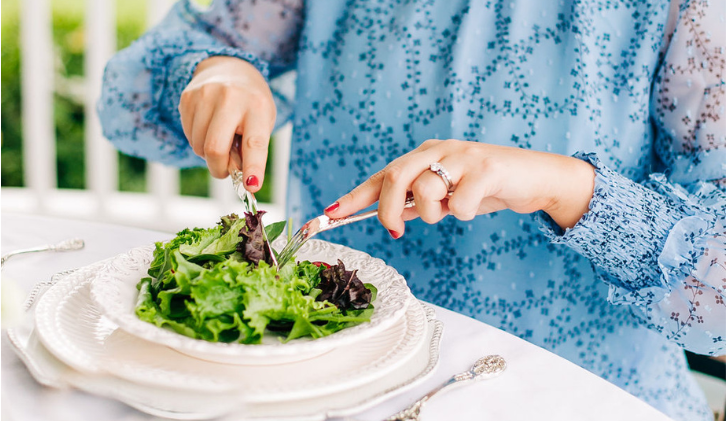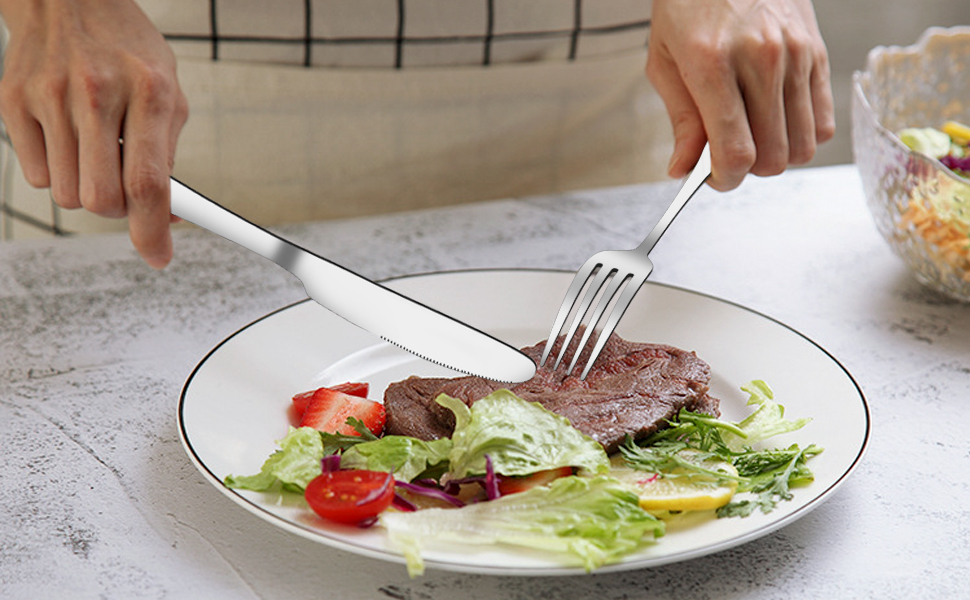For kitchen professionals, mastering the art of dining etiquette is just as crucial as perfecting culinary skills. When it comes to enjoying delicate dishes like puff pastry, knowing how to eat puff pastry dishes politely not only enhances the dining experience but also reflects a level of sophistication and respect for the culinary arts.
The intricacies of puff pastry dishes require a deft touch and a keen sense of etiquette. Whether you're in a fine dining setting or a casual gathering, understanding the nuances can elevate your dining experience.

The Elegance of Puff Pastry
Puff pastry, with its delicate, flaky layers, is a staple in many kitchens and a favorite among chefs. The versatility of puff pastry allows it to be used in both savory and sweet dishes, making it a popular choice for a variety of culinary creations.
For professionals in the kitchen, the allure of puff pastry lies in its ability to transform simple ingredients into a masterpiece. However, the challenge often lies in consuming these creations without compromising their integrity or your manners.
Understanding Dining Etiquette
Before delving into the specifics of eating puff pastry dishes politely, it's essential to understand the basics of dining etiquette. Proper table manners are a universal language that speaks volumes about a person's upbringing and respect for others.
According to an etiquette guide, using utensils correctly is the cornerstone of dining etiquette. For puff pastry, this often means utilizing a knife and fork to ensure each bite is manageable and graceful.
Using Utensils Correctly
When approaching a puff pastry dish, position your knife and fork strategically. The knife should be held in your dominant hand to cut through the pastry gently without crushing it. The fork, held in the opposite hand, is used to guide each bite to your mouth.
This method ensures that the flaky layers of the puff pastry remain intact, allowing you to savor the textures and flavors with each bite.
Specific Techniques for Different Dishes
While the general rule of using a knife and fork applies to most puff pastry dishes, certain creations may require additional techniques.
Eating Savory Puff Pastry
For savory puff pastry dishes like chicken pot pie, gently pierce the top layer with your fork before cutting into the filling. This method helps in avoiding spills and ensures a neat presentation.
Enjoying Sweet Puff Pastry
Sweet puff pastries, such as fruit-filled turnovers, often require a delicate touch. Use the edge of your fork to cut through the pastry, allowing the filling to remain inside. This technique not only maintains the pastry's structure but also enhances the overall dining experience.
Common Mistakes to Avoid
Even seasoned professionals can make mistakes when it comes to dining etiquette. One common error is using too much pressure when cutting, which can lead to a messy presentation and a compromised dish.
Another mistake is using fingers to handle puff pastry. While tempting, this approach can often lead to oils and residues being transferred to the pastry, detracting from its intended flavor and texture.
FAQs
What utensils should be used for eating puff pastry?
Using a knife and fork is recommended to maintain the dish's integrity and ensure a polite dining experience.
How can I avoid making a mess when eating puff pastry?
Use gentle pressure with your utensils and avoid using your fingers to ensure a neat presentation and dining experience.
Are there any specific techniques for different types of puff pastry dishes?
Yes, savory dishes like tourtiere may require piercing the top layer first, while sweet pastries benefit from gentle cutting with a fork.

Conclusion
For kitchen professionals, knowing how to eat puff pastry dishes politely is an essential skill that complements their culinary expertise. By mastering these techniques, you not only enhance your dining experience but also show respect for the artistry involved in creating these delicate dishes.
Whether you're enjoying a savory puff pastry or indulging in a sweet treat, following these etiquette guidelines will ensure that you do so with grace and sophistication.
This article contains affiliate links. We may earn a commission at no extra cost to you.


























